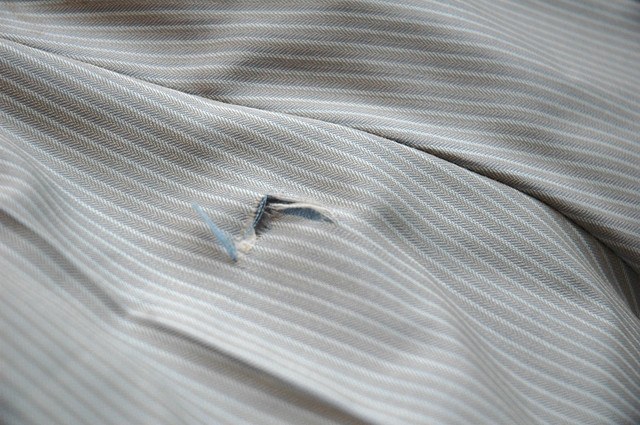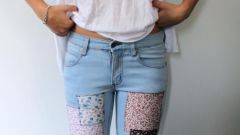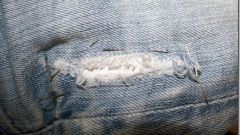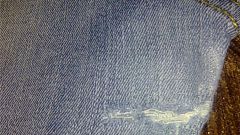You will need
- - darning thread;
- needle;
- - scissors;
- - scraps of fabric;
- - mushroom for darning.
Instruction
1
Prepare a sewing kit. You will need thread to match the pants, the fungus for darning or any other object with a smooth convex surface, needles and scraps of fabric for patches of the right color and texture. Note that a thorough darning will require a lot of time.
2
The easiest way to sew things, dispersed along the seam. Turn them inside out podposite holes on both sides a couple of inches to ensure a smoother seam. Trim with scissors rassohnetsya the edge of the fabric. Baste with pins or popliteus both the cloth of the pant leg. Prostrochite seam on a typewriter.
3
Very often, the pants wear out in step. If you see that the fabric in this place becomes more thin, and the weave thins, it's time to take action. Pick up the piece of cloth of the right color (ideally, if the material of which is sewn the thing itself). If the pants material is stretch, use a piece of knitted fabric. Find the thread in the tone and a needle with a sharp tip and wide eyelet. Do not use thick needles – they can damage the tissue and enlarge the hole.
4
Turn the pants inside out. Put the flap holes or thin fabric so that it completely covered the affected area on all sides remained margin of at least one centimeter. Baste it wide stitches around the edge of the damage. Do not pull on the fabric, it must lie freely. With small stitches sew the patch to the pants.
5
If the hole in the step is small, it can be darned. Pass the needle in a soft and loose thread, is designed specifically for darning. Turn the pants inside out and pull the fabric on the fungus. Lay a few large stitches through a hole, putting threads in parallel. Then start to apply a small perpendicular stitches, clinging to their thread of the resulting stem. Try not to pull the fabric, sew freely. After treatment, fasten the thread with several small stitches.
6
Sometimes pants found small holes near the pockets or tiny areas, burnt by cigarette. Estimate the size of damage. Minor gaps can be eliminated in several small stitches made with threads in tone. Put them freely, trying to match the weave of the fabric. It is easiest to sew the loose multi-colored materials like tweed.





